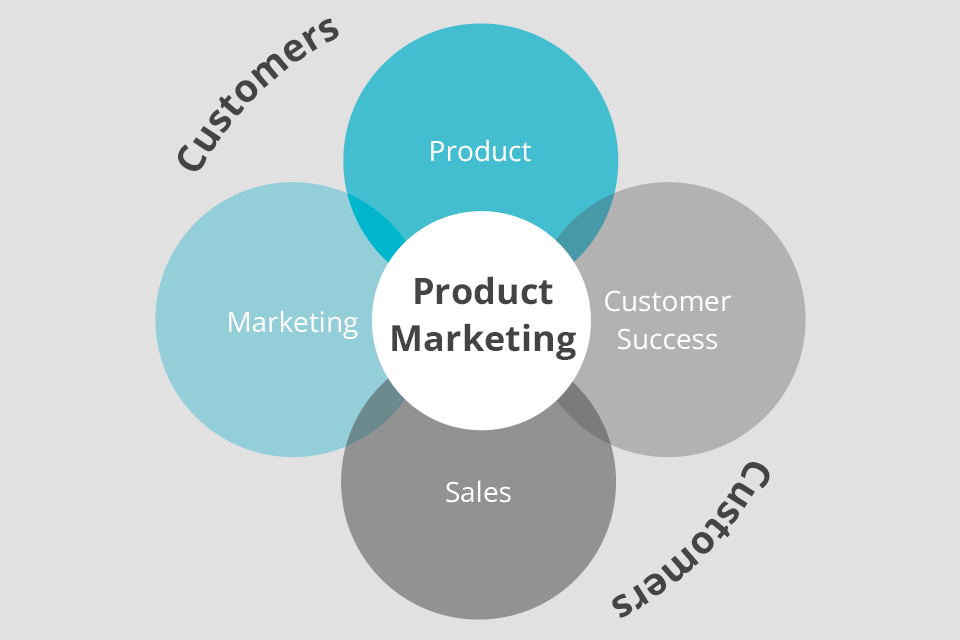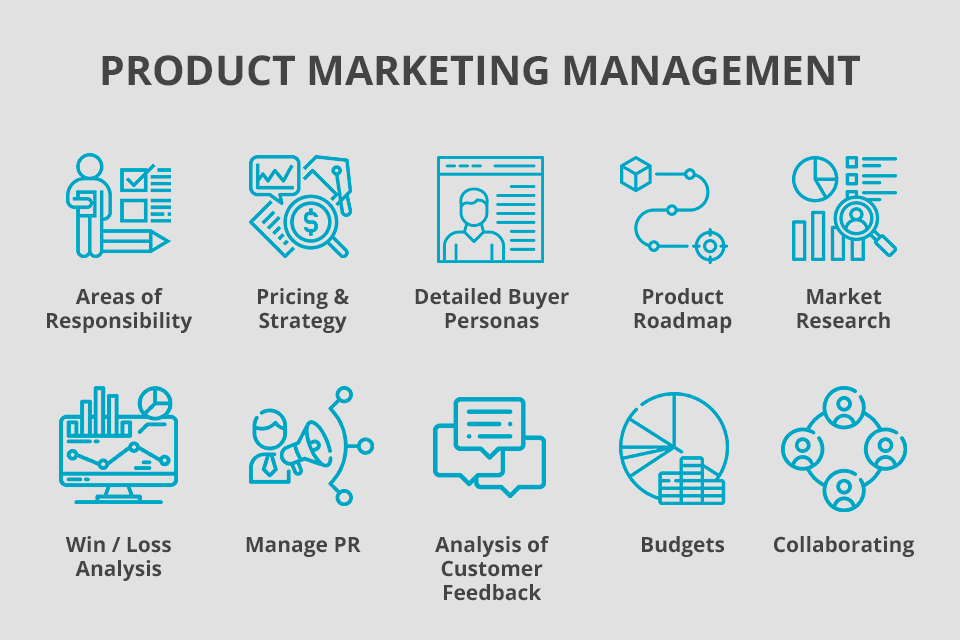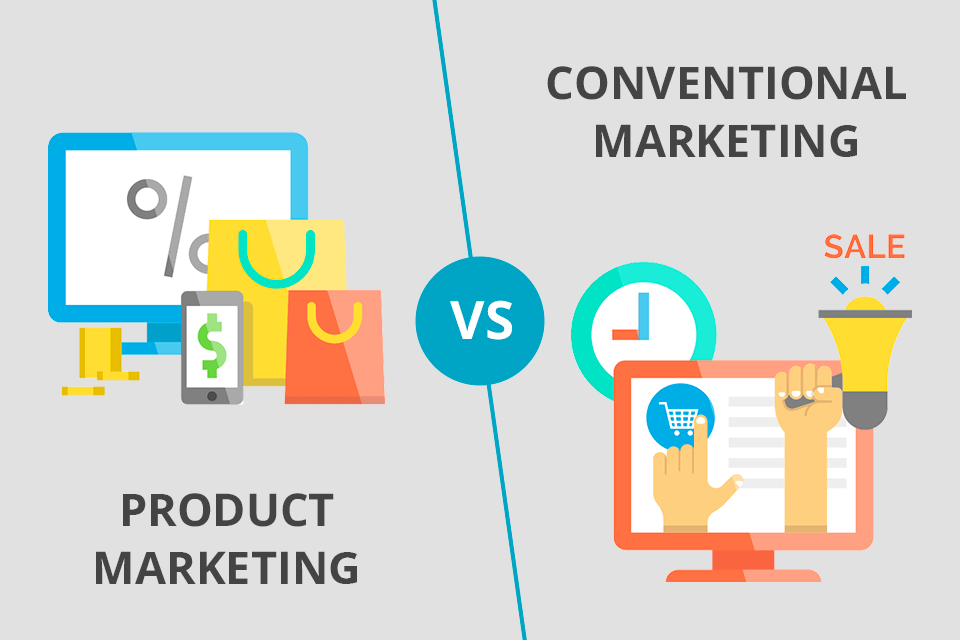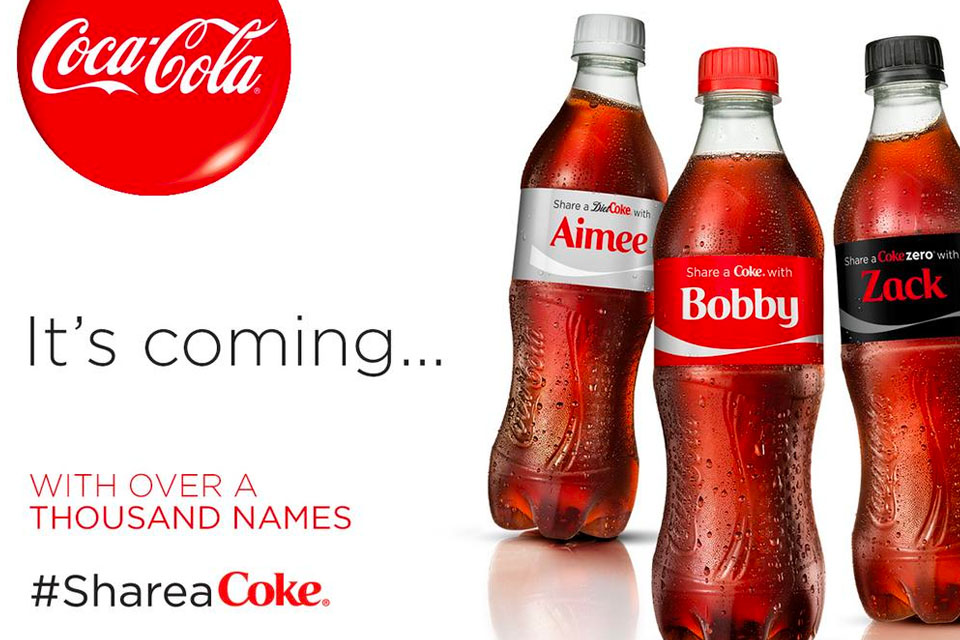
A well-thought-out product marketing strategy developed by popular branding agencies can help you scale up your business and develop the presence of your brand, thus opening new ways of increasing your revenue.
The main goal of product marketing is to emphasize the advantages of a product and show its value to a customer. This is why such campaigns are so important for B2B and B2C environments. They focus on personalized advertising, thus helping brands to bring their message across more efficiently.

When talking about products marketing, people refer to a range of processes and techniques that help marketers promote a product on the market. It allows a product to become more popular after its release. Product marketing professionals need to perform a variety of tasks:
Using the best camera for product photography can significantly impact the quality of pictures used in marketing materials. The quality of product photographs plays a vital role in the perception of a product's value and desirability. With a good camera, product marketing professionals can capture a product's intricate details, textures, and colors, thereby making it more visually enticing to potential customers. The sharpness and clarity of images produced by a superior camera can highlight a product's craftsmanship, uniqueness, and overall attractiveness, ultimately enhancing its perceived value. You might have a product marketing team within your company or professionals working in different teams who work on promoting your product. In this product marketing guide, we will explain the key advantages of this type of marketing.

Some companies build their product marketing strategies as a part of their brand marketing efforts. The main goal of a product marketing strategy is to encompass all the stages of a product’s journey.
Note: Product marketing is important because it helps companies learn more about the preferences of their audience and find out how to meet the needs of their clients. In addition, it makes marketing campaigns more efficient.
Product marketing is aimed at building a strategy, whereas conventional marketing deals with finding ways of reaching set goals. Product marketer thinks about how to inform the target audience about the value of a product.
Such professionals also decide how and when a company needs to interact with clients. It allows them to boost sales and make a product more popular.

Conventional marketing is mostly aimed at engaging potential clients, making the sales funnel more effective, and converting leads to sales. When marketing a new product, a marketer decides how to promote it using different communication channels, sends targeted messages, and analyzes the results.
The tasks and duties of a product marketer largely depend on the niche and specifics of a business. This is why there is no fixed list of tasks that they need to perform. Some companies don’t have a separate position like this, which is why these tasks are delegated to a product manager.
By using these effective product marketing strategies, you can get a cutting edge over your competitors, learn how to communicate with your potential clients directly and build an extensive client base.

Many digital agencies believe that their ultimate success depends on the research at the early stages. This statement holds a grain of truth. By conducting market research, you can discover the value of your product and learn more about the needs of your customers. Here are two main types of research:
Qualitative research. Conducting interviews with clients, taking surveys, talking to focus groups, etc.;
Quantitative research. Analyzing information about target clients using data gathered through CRM systems, online tools, journals, and industry research.
These goals largely depend on the specifics of your product, the type of your business, the goal of your marketing campaigns, and other parameters. Your goal should help you scale up your business and fix possible issues.
In this product marketing guide, we should also mention some common goals that marketing professionals want to achieve: increase profits, engage target clients, expand the customer base, improve the online visibility of a brand, overcome competitors, and more.
If you aren’t sure what steps you should take to make your product stand out, make sure to ask yourself the following questions:

While product marketing is aimed at increasing sales, content marketing is important for developing your brand. You can use it to improve the client journey and help your potential customers make informed decisions about your product. This is why your customers need both types of marketing.
If you hire top professionals who specialize in content marketing, it will make it easier for your team to promote your product on the market. You can use content marketing to explain the advantages and disadvantages of your product to your potential customers.
Business owners can also contact professional content marketing agencies that can explain the selling points of their products in detail and help people discover more about their specifications. Such agencies can also explain the functioning of a product and what can be done to avoid possible issues with it.
A company can price its products based either on their value or prices established by competitors. The latter option allows you to sell more products by offering them at a more affordable price than your competitors do if your products are of lower quality. However, if your products have higher quality, you can price them higher.
You can base the price on the value of your product if you don’t have many competitors in your niche. Think about how much value your product brings. You can experiment with different prices to see which of them appeals to your potential customers most.

If you are wondering how to market a product, keep in mind that marketing strategies don’t exist on their own. The results of your strategies change all the time, as the business rules constantly change as well.
This is why it’s important to analyze and develop your marketing efforts all the time. After launching your product, your team should control the processes of its promotion on the market.
As soon as you notice unsatisfactory results, you can change your strategy. You need to quickly detect issues and analyze your failures. After analyzing the needs of your clients, marketing professionals can make your strategy more effective.

If you want to focus on the needs of your customers and take into account current market developments, you need to research your target audience. Below, we have outlined several ways that you can use to understand what your audience wants.
Read online reviews. It will help you see whether your clients are satisfied with your product and learn how to improve it. Make sure to read the reviews of your competitors as well.
Discuss issues with your customer support managers. They are the ones who know best what challenges your clients want to solve the most.
Create a group on Facebook or LinkedIn. It will allow you to directly chat with your clients and learn about their problems more quickly.
Send out a survey. Make sure to ask questions that will help you understand your target audience better. Your clients will appreciate it if you show them that you want to improve their experience. You need to ask them for their opinion and use their feedback for improving your products and services.
Besides, a survey allows you to learn about the main selling point of your product and discover what language your customers prefer. If you need expert help with a survey and result analysis, contact the team of Just Creative. Specialists will ensure your survey reaches the right audience and deliver comprehensive reports that highlight key trends and findings.
While product marketers specialize in launching new products, they are often tasked with redesigning products and emphasizing the value of new updates. They can quickly discover which features of a product are less effective and don’t hold any value for clients. Read on to learn more about product marketing best practices by analyzing some examples.

Back in 2014, when Coca-Cola launched its Share a Coke, it was impossible to predict its result. The company decided to replace its classic label with the one that read “Share a Coke with ____.” Instead of the blank space, it used a rotation of the 250 most common American names. As the result, people flocked to buy cans with the names of their friends and relatives.
The company launched an effective visual content marketing campaign, which allowed it to significantly improve its sales. It enabled them to fully reinvent their image and reach out to a wider audience. Since then, the company started to use personalized labeling more often.

This company decided to boost its profits by making its marketing efforts more targeted. Its team analyzed several factors to understand the target audience better, including geography, demography, behavior, and other parameters.
It allowed them to create an accurate buyer persona. They discovered that their ideal customer is 20-45 years old. The brand appeals to middle-class and upper-class people who worry about their environmental footprint and often purchase products in boutiques. These people are likely to own luxury cars.
When developing a marketing campaign, the company decided to appeal to the buyer persona directly and touch upon the things they might be interested in. Tesla promoted its electric car as a sustainable product that allows people to enjoy a top-level experience without affecting the environment.

This popular brand has been present on the market for over a century. Swarovski is famous for its stunning gowns, mesmerizing jewelry, exquisite sculptures, and other items. It releases seasonal collections, which helps it to raise brand awareness and improve its presence.
Besides, the brand is known for its collaborations with fashion designers and stars. To reach out to a wider audience, it also establishes partnerships with influencers.
You might have heard about the collaboration of Swarovski with other brands as well. When working on a project for BMW, it put Swarovski crystals inside the headlights and running lights to give 7 Series G70 and X7 cars a luxury feel.

Uber started to establish its presence in the market in 2008. The company aimed to solve a problem with a limited number of cabs. At that time, it was difficult to find a cab as too many people wanted to use taxi services while cab companies were reluctant to hire new employees. Because of this, there was a growing issue with unfulfilled orders and growing demand.
Uber created a perfect solution to this problem by creating the largest network of cabs in the world. It made it easier for customers and cab drivers to find each other. The company also created a unique software product.
The success of this brand depended on a well-thought-out perfect product marketing strategy. The marketers analyzed the market and found a way to make cab services accessible to everyone.

Pepsi is a world-known brand that is associated with the energy of youth, and you can easily notice it if you pay attention to its product marketing campaigns. This brand appeals to its target audience and uses repetitive advertising techniques to improve its online recognition.
As its branding strategy is quite consistent, Pepsi managed to improve its recognition in many countries across the globe.
The target audience of the brand includes people aged between 13 and 35 years who enjoy an active lifestyle. Because of this, marketers insist on cooperation with well-known celebrities, such as Doja Cat, which helps them bring their message across even more effectively.
It would be a costly mistake to think that your company doesn’t need to set product marketing goals. Regardless of the size of your company, you can scale up your business by carefully planning new releases. It will help you boost your sales.
When talking about product marketing, people may refer to 20 different activities that fall under this category. These types include advertising, branding, product management and development, sales, and promotion, among many more.
Product marketing is a type of marketing. The latter is a more general term referring to different fields, including communications, operations and product management.